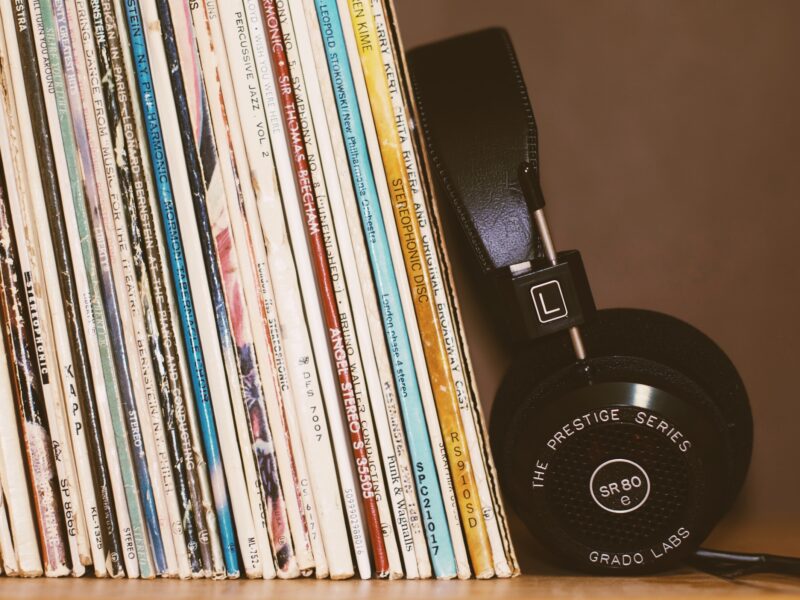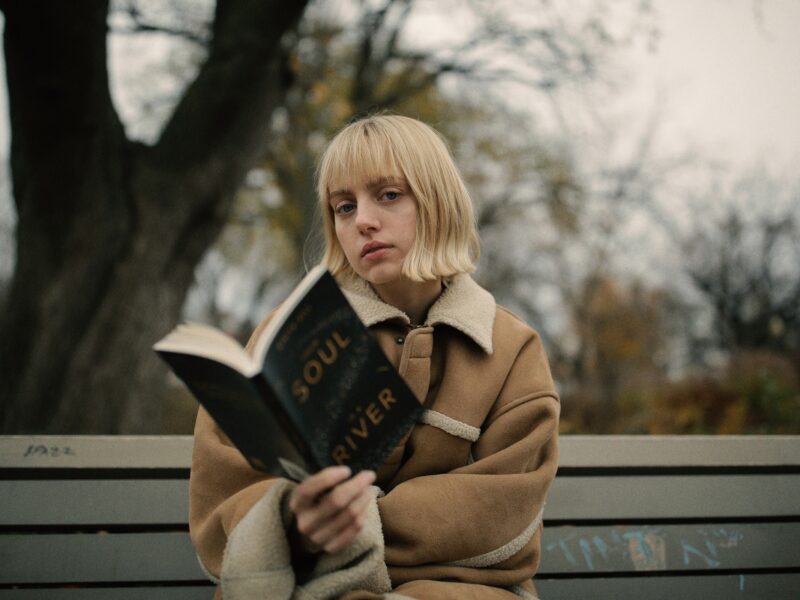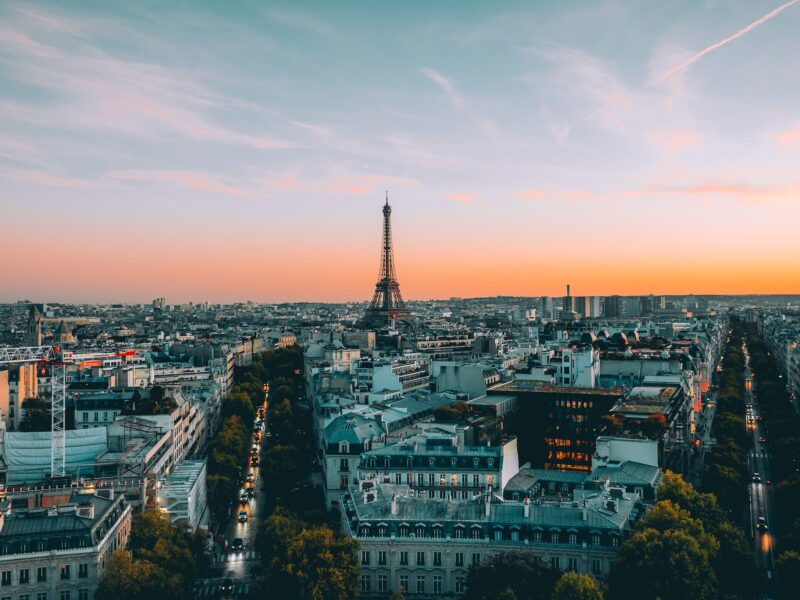Engberg | Reading the Light
“I once sat in my lounge 24 hours with a packed lunch, so I didn’t have to move. I’d recommend it to everybody. It’s just amazing, following the shifting light in your own home.” New York-based photographer Marianne Engberg has been making pictures for six decades, and she doesn’t plan to stop. Marianne Engberg was educated as a portrait and fashion photographer in the 1960s when she started experimenting with the pinhole camera. A pinhole camera is a small light-proof box with a small hole in one side where light from a scene passes through the aperture, which projects an inverted image on the opposite side of the box. Marianne Engberg wanted to create her kind of pinhole camera, and it took her ten years to develop: “I’ve made thousands of holes. People get very offended when I say I don’t want to share my method. It’s not because I’m scared of the competition. But I learned so much through the experimentation process that I want others to have the same chance. Don’t just copy Marianne Engberg. Make something else.” She explains that working with the pinhole means minding where the light comes from: “I’m so experienced now that I know exactly where to stand. That’s my strength. I know what I want. I never take three shots or seven, as people may think. I take one.” “I like to zoom in on things. It goes for my landscapes as well: It fascinates me more, capturing some of the landscape than the whole of it. I like the calmness in the picture. The silence. It fascinates me having just one thing and nothing else,” Engberg explains. “I’m not normally a patient person. But I tell you: I can sit for two days and wait for the light to be just right. I’ll sit in the same spot and wait so that I can set up my pinhole camera. I think my way of looking at light is different somehow.” Marianne Engberg explains why her pictures are often soft and a little blurred: ”I don’t actually like photos that are too sharp. I prefer a soft focus. I realized that what I aim for in my art is the way my eyes see the world. I can close my eyes, see the image and then produce it.” “The light in a picture means more to me than most other things. If I see something interesting outside – be it a shape, a tree or something else – I’ll stay put and wait until the light changes until it’s just right. No matter where it’s coming from … People say: “Aren’t you going to retire?” But I’ll keep making pictures as long as I’m here. My whole life is about making pictures.” Marianne Engberg (born 1937) has a background as a portrait photographer in the 1950s and a fashion photographer in the 1960s for Vogue in London. At the same time, she began experimenting with pinhole photography and had her first exhibition as a Fine Art photographer with the Bertha Urdang Gallery, Manhattan in 1984. In the 1980s Engberg traveled the world with her pinhole camera and exhibited images from Israel, Greenland, China and Scotland. In 1999 The National Museum of Denmark showed a large retrospective of her work. After her shift to unique photograms – resulting from the Experimental’ photo synthetism’ process in the darkroom – she was represented by John Stevenson Gallery, Manhattan. Engberg’s work is held by major collections, including the New York Public Library, Brooklyn Museum, Israel Museum in Jerusalem, Fogg Museum in Boston and the Louisiana Museum of Modern Art. Marianne Engberg lives and works in Brooklyn, New York Christian Lund interviewed Marianne Engberg in Tisvildeleje, Denmark in December 2021.
Foto di Pascal Müller



